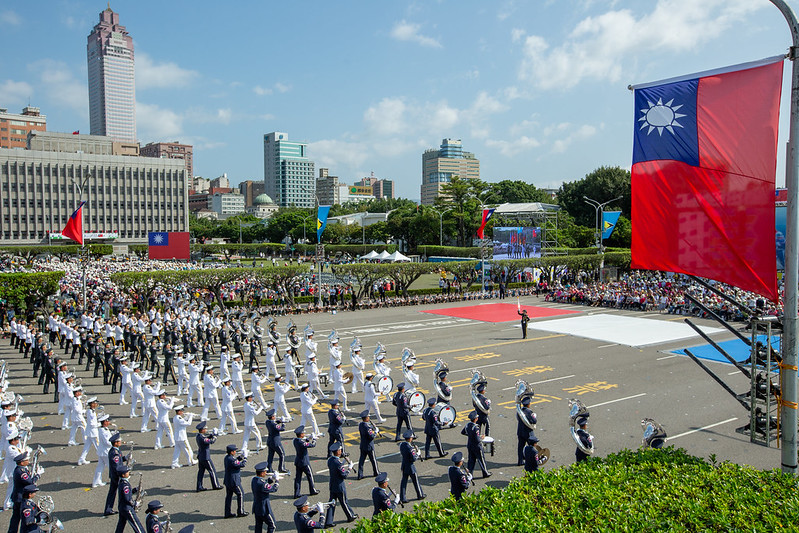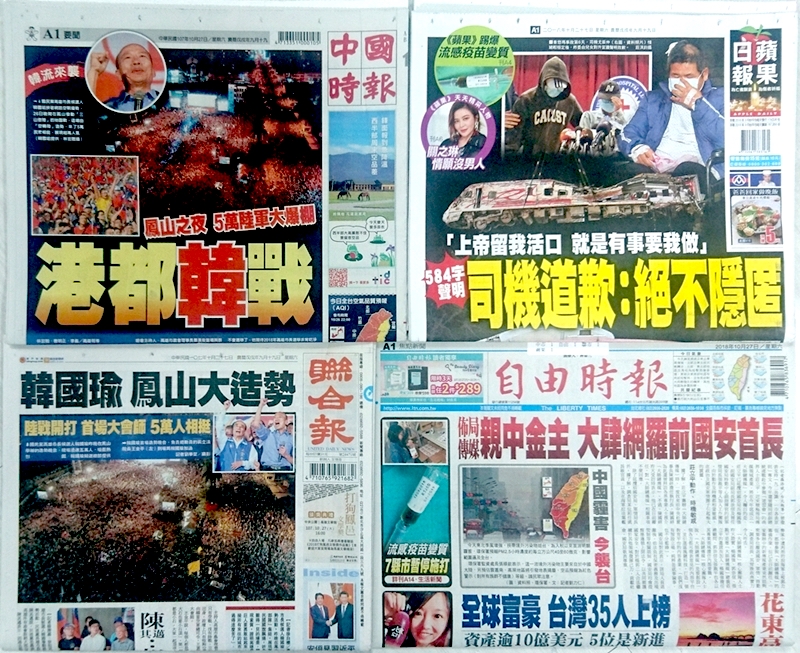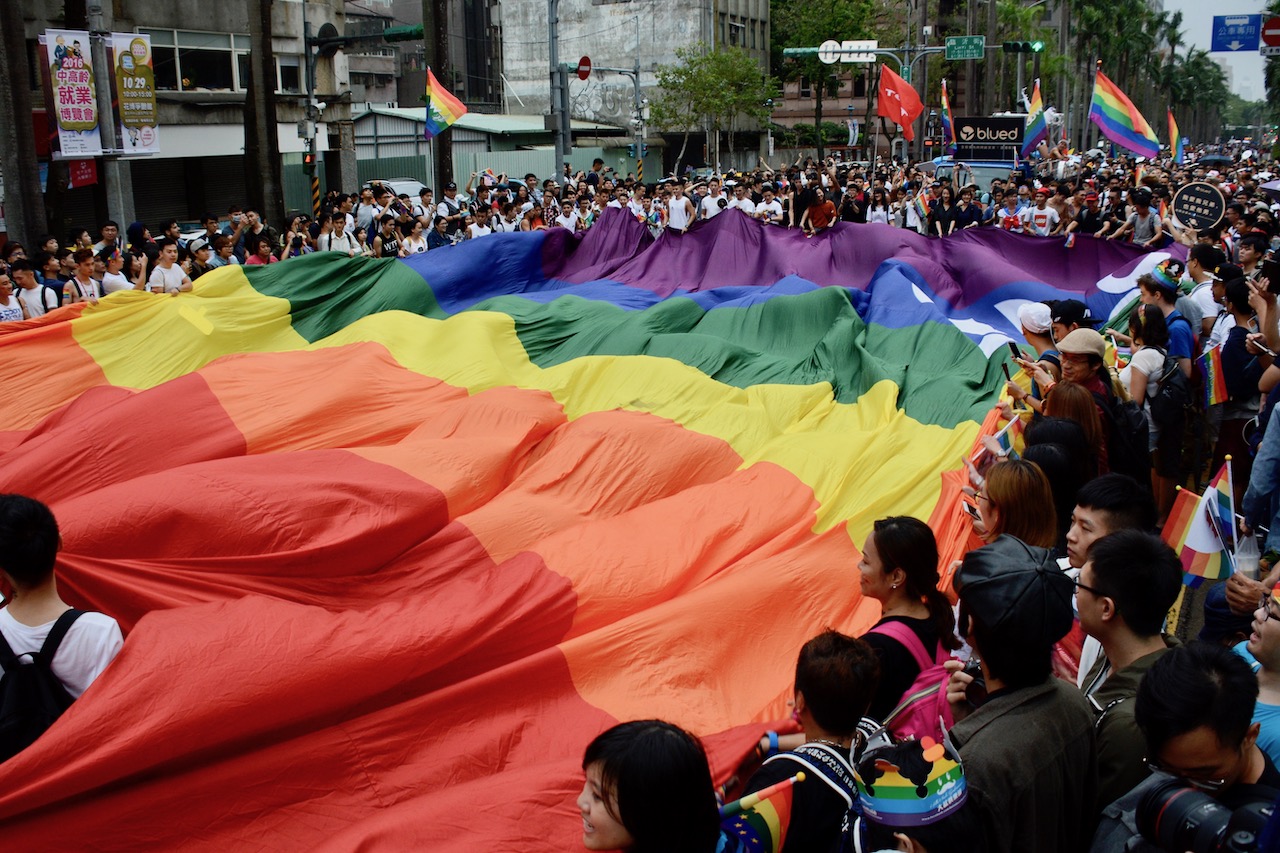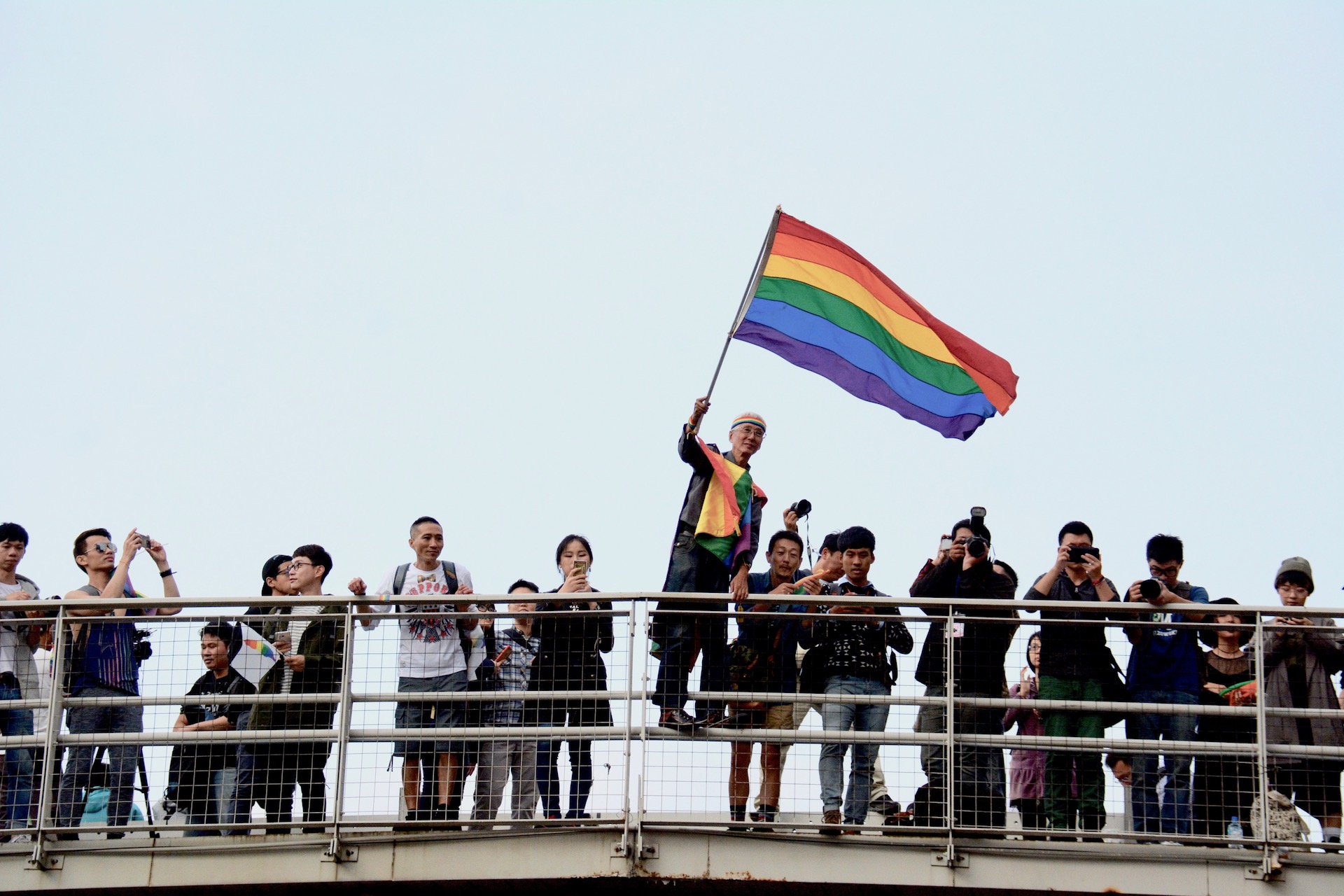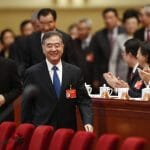The 228 Massacre is sacred ground — a graveyard out of whose soil a nation emerged. And for many, it was an original sin for the Nationalists. How much should be remembered? Should anything be forgotten?
Trauma is the furnace of nations, an incident or series of incidents spanning months, years and sometimes decades that creates a “before” and “after,” and which transforms primary matter into, as Thomas Aquinas would phrase it, a “substantial being.” For Taiwan, the series of nationwide massacres that was unleashed on Feb. 28, 1947, followed by four decades of authoritarian rule known as the “White Terror,” marks the period in the nation’s history when its otherness became not only fact, but a necessity, a matter of survival.
Undoubtedly, forces for Taiwan independence existed well before the arrival of Nationalist soldiers from China following the conclusion of World War II and the collapse of the Japanese empire. For centuries, Formosa had been the object of temporal occupation and exploitation by various foreign powers, and the experiences of the non-natives who ventured on the island often were violent. Chinese dynasties successively adopted a hands-off approach to the island, which for many also became a refuge, a place of exile for adventure-seeking Chinese or those who could no longer countenance the ceaseless violence that racked their homeland. Whatever the motivation, the arrival of exogenous groups sparked conflict and resistance from the indigenous population.
The arrival of Japanese forces in 1895 following the signing of the Treaty of Shimonoseki at the end of the First Sino-Japanese War opened a new phase in the history of Formosa’s subjugation to foreign forces, and according to one reading of history coincided with the first, true Taiwanese independence movement. And yet, fifty years later, when Allied forces brought the Empire of the Rising Sun to its knees and “liberated” Taiwan, the population of Taiwan remained agnostic about their future. Liberated from the sometimes harsh, sometimes benevolent Japanese who undoubtedly had brought modernity alongside exploitation, turning Formosa into the empire’s “model colony,” most Taiwanese expected liberation to improve their lot and at first welcomed the arrival of Chiang Kai-shek’s Nationalists.
It didn’t take long, however, for optimism to turn to nightmare, first with the recognition that the two groups of people were markedly different, followed by the murderous repression that descended upon Taiwan when the Nationalists sought to impose their own ideology on the indigenous population. It was in the acts of defiance and the regime’s brutal refusal to acknowledge the incompatibility that the true expression of Taiwanese independence found its voice, in the realisation that Taiwan’s fate — its very survival — would rest on its own people rather than external forces whose motives would invariably be at conflict with the interests of the local population.
To this day, the 228 Massacre and the White Terror are sacred ground — a graveyard out of whose soil a nation emerged, and a period of original sin for the Nationalists. Since then, especially following the lifting of Martial Law and its democratisation, Taiwan has become a markedly different place, its people, regardless of their predecessors’ actions, united in the way of life and system of governance that, as a group, they have chose to make their own, and which now contrasts Taiwan with the authoritarian giant next door, the People’s Republic of China, that claims sovereignty over it and threatens use of force if such extremes were deemed necessary to ensure the “reunification” of a mythical China. Other than international factors, it was memories of a dark, painful past that convinced the Taiwanese of the desirability of democracy, and which now ensures that widespread massacres like 228 are now inconceivable.

Pan Sin-sing’s father, Pan Mu-ci, was a renowned doctor in Chiayi. After World War II, he was elected senator and spokesman for the Chiayi city council. After the 228 Massacre, he became a member of the Committee for the Settlement of the Events of February 28. On March 11, he and his colleagues were arrested and executed, without trial, at Shueishang airport.

Lee Eng-chong shows a portrait of his father, Lee Ruei-han, who disappeared soon after the 228 Massacre. His body was never found.
And yet, while a direct link can be established between the 228 Massacre, the White Terror and Taiwan’s democratization, the traumas of the past, the frontier between victims and perpetrators, continue to haunt the nation and to divide its people. Part of the reason why that is so is the fact that Taiwan has not yet had its own Truth and Reconciliation process and that much of the archival material, closely held by the Nationalists and in the guarded vaults of the former Garrison Command, remains inaccessible to the victims, the families of the victims, or academics wishing to document what happened. The resulting inability of a people to stare directly into the dark pits of a traumatic past, to scrutinize the facts, has yielded the field to politicians and to the imagination, which only complicates the process of reconciliation, turning the state into an arbitrator of what, if anything, can be made public, and a protector of individuals who, according to many of the victims, should be brought to justice.
“When is it better to remember? When is it better to forget?”
The debate over the 288 Massacre and the unaccessible archives also raises questions over memory and its uses in national formation. Kazuo Ishiguro, the British-Japanese novelist and Nobel prize winner whose work often deals with memory and forgetting, once said during an interview, “When is it better to remember? When is it better to forget?” Can an obsession with the past, even a distant past, be detrimental to national reconciliation by making it impossible for old wounds to heal? Conversely, can amnesia ensure unity, or is it inherently unfair, allowing murderers and oppressors to get away, and for political parties responsible for oppressing a group of people or a nation, to cover their tracks? If a nation chooses amnesia, should this only be temporary, or should it be applied ad infinitum and thereby erase all traces of a painful past? Those are very difficult questions to answer, for which there very well might not be a single correct answer. Many choose amnesia, while others cannot let go. Both are right. Both are wrong.

Chang Hwa bank occupies a building that was formerly the Taipei branch of the Monopoly Bureau. On the morning of Feb. 28, 1947, a crowd gathered in front of the building and ransacked it.
Whatever the merit of those questions, which the people of Taiwan themselves will need to resolve, there is no disputing the fact that the 228 Massacre will forever be a pivotal event in the nation’s history, running like a silk thread across the ages. Its echoes reverberate today, serving as a reference point to young generations of Taiwanese who, though the events never affected them directly, nevertheless are a constant reminder of how things can go wrong, deadly wrong, when the fate of a nation is left in the hands of an authoritarian regime. This narrative, and its intimate relationship with Taiwanese identity, served as the driving force behind the activists in the 1960s, 1970s and 1980s who fought for the opening up of their country’s political scene, for the lifting of Martial Law, and later on for the consolidation of their democracy. The same narrative animates today’s young activists who once again see their country threatened by anti-democratic forces that have no compunction in using violence, arbitrary arrests and forced disappearances to subjugate their opponents. And once again, those forces originate across the Taiwan Strait.
As long as the archives of the 228 Massacre and the White Terror are not opened to the public, the best alternative is to rely on the testimonials of those who were there, those who experienced the savageness and those who were complicit in its unleashing. On the 71st anniversary of 228, this is what Les Témoignages du Silence is all about. Through various retellings by people who experienced past traumas and observations by subsequent generations of Taiwanese who, as activists, artists or politicians, are now building a new Taiwan that is nevertheless erected on those foundations, Les Témoignages du Silence opens up the past and looks to the future with reserved optimism. Accompanied by moving photographs by the Tokyo-based Nicolas Datiche, this volume is an essential reference for those who want to learn more about Taiwan and its long road to democracy. It is also a reminder — and a warning — in our troubled times that nations are perpetually unfinished business, ever changing, and sometimes threatened by the reopening of old unhealed wounds. The book does not provide answers to the difficult questions that inevitably arise whenever such controversial issues are explored, but hopefully through the narratives it will help readers reach their own conclusions. The way out of the vicious circles that far too often are spun off of history is knowledge.
This text by J. Michael Cole appears as the introduction to the book Les Témoignages du Silence: Le massacre du 28 février à Taïwan (les Éditions du Net) by Agnès Redon and Nicolas Datiche. Copies of the book can be ordered here. All photos by Nicolas Datiche. Text and visual content reproduced with permission.
Top photo: A man rides a bicycle past the former Kaohsiung City Hall; on March 6, 1947, Peng Meng-chi, commander of Kaohsiung Fortress, ordered his unit to kill people inside the building.

A ceremony is held every March 8 at Keelung Port in memory of the mass killings on and after 228.
You might also like
More from Society & Culture
Media and Free Expression in Taiwan Are Under Attack: What Can be Done?
How can we avoid the imposition of a blanket silence which can only empower our enemies and damage our democracy? …
Taiwanese Views on Homosexuality Based on Proximity of Relationship, Study Shows
The legalization of same-sex marriage in Taiwan should be viewed not just as a culmination of years of advocacy efforts …
Challenges Remain Following the Legalization of Same Sex Marriage in Taiwan
Despite the adoption of a new law on May 17, campaigns will continue to legitimize the kind of homophobic discourse …


